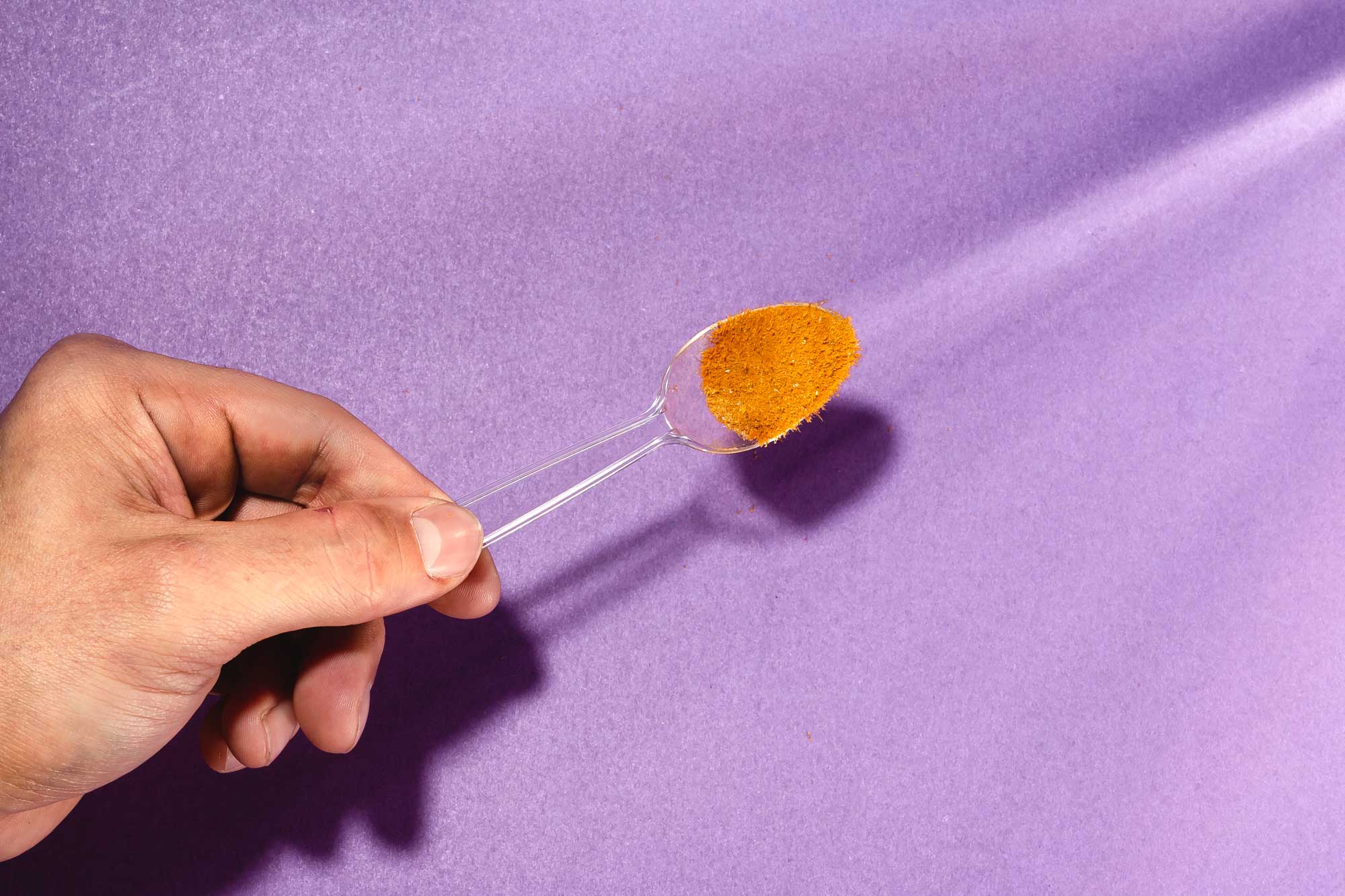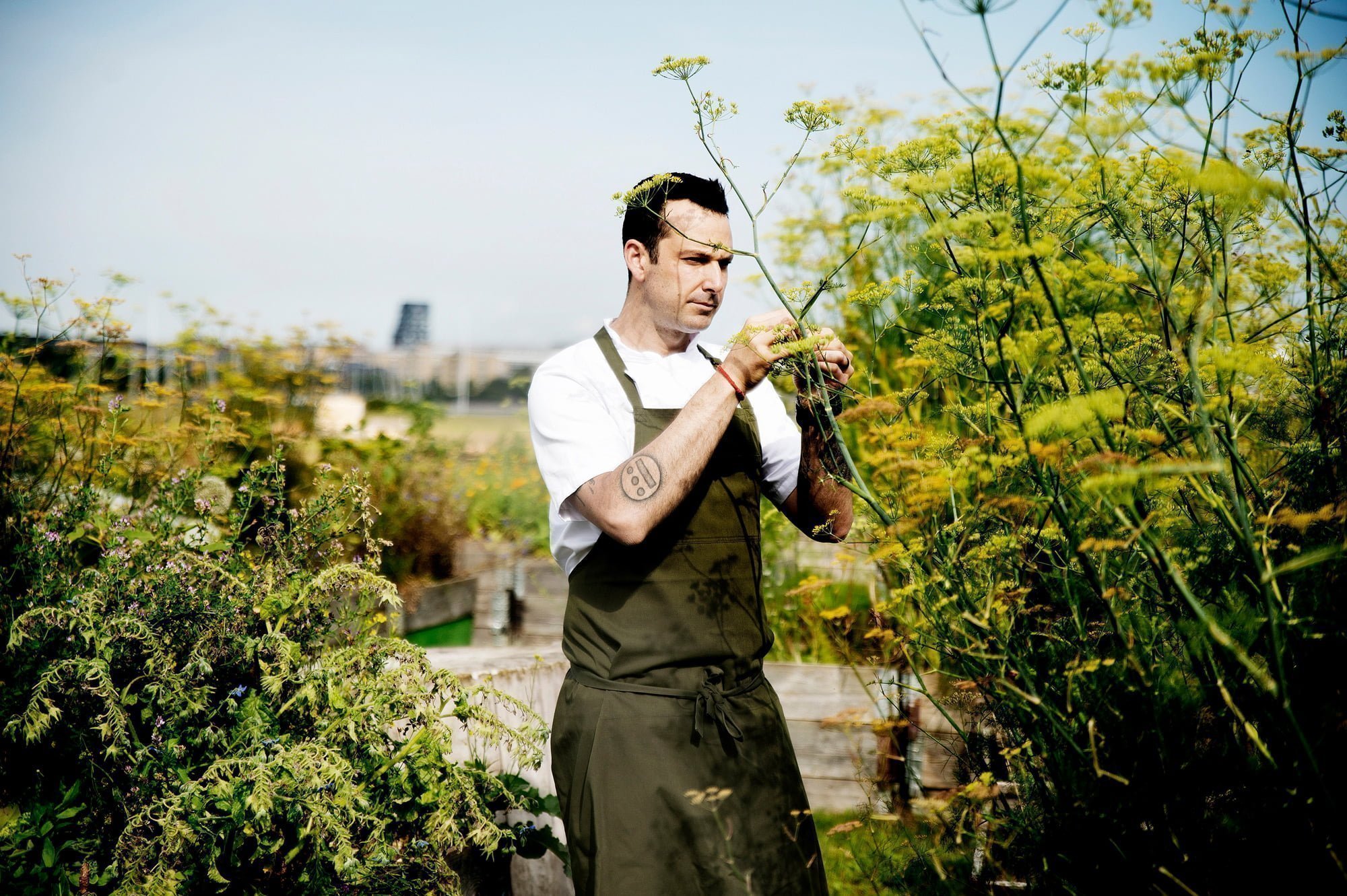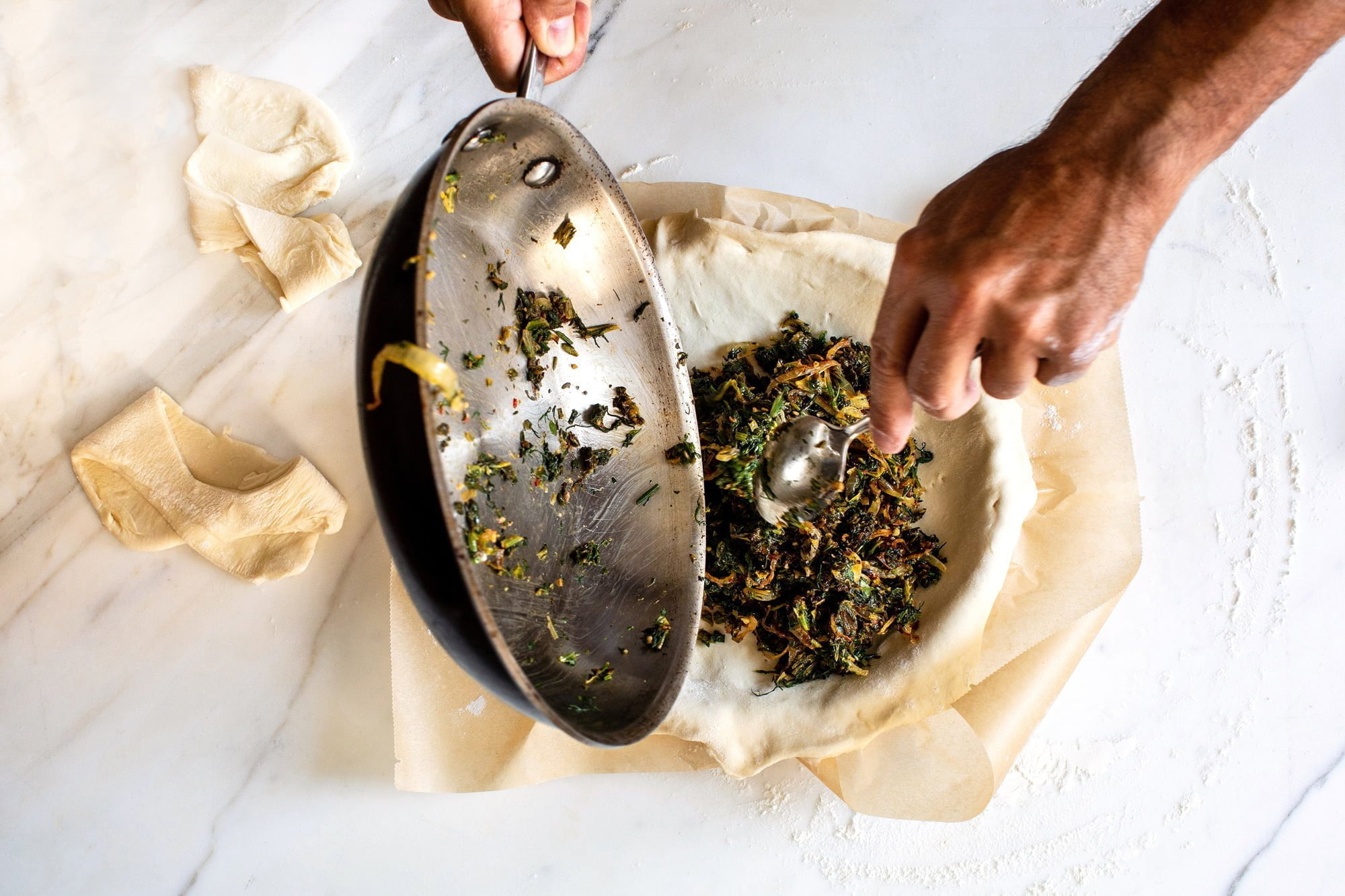Under a railway arch in London, a bug-farming entrepreneur has hatched a plan for the coming protein crisis.
London Bridge is a surprising place for a farm. But among the ad agencies and publishers, a few hundred metres from western Europe’s tallest building (the Shard), beneath a 19th-century railway bridge, is the kind of farm humanity might need much more of if we’re going to make it with full bellies to the 2100s.
This farm doesn’t have hay bales and pitchforks, but technicians in lab coats, and the energy of a tech start-up. Everything seems interim here: beneath the low-arched ceilings there are boxes piled about, quick fixes to furniture, a sense of quiet focus and lots of free snacks.
In this case, dead bugs in a candy jar.
This is the HQ of Entocycle, an ‘insect technology’ company breeding black soldier flies. While that might conjure images of robot bugs set to dominate the world, the firm does something much more hopeful – it helps to create a free-breeding, planet-friendly source of protein.

Of the many crises enveloping Earth, the protein crisis is one of the most severe and least discussed. The proteins we use to feed pigs, fish and chicken are in short supply – by about 60 million tonnes per year, globally – and when those creatures run out of protein, we will run out of them.
Food miles beyond belief
Entocycle is run by scuba-instructor turned green-tech entrepreneur Keiran Whitaker, who sits in a near-empty meeting room with his “100% mutt” rescue dog while commuter trains rumble above the ceiling into London Bridge station.
As Whitaker explains, current protein farming takes a savage toll on the planet. “We cut down the rainforest to grow soya and palm oil. We drag the oceans empty to catch fishmeal, to then process it in another part of the world, to ship it to a third part of the world, to make it into feed in another part of the world, to ship it back to a farm. Which is insane.”
Before the farming of livestock even begins, he says, “it has clocked up hundreds of thousands of food miles, tonnes of CO2 input, tonnes of oil input, and a huge amount of environmental degradation.”
“We cut down the rainforest to grow soya. We drag the oceans empty to catch fishmeal… to make it into feed, to ship it back to a farm, which is insane”
As a planet, we chew through 50 billion chickens per year, 1.5 billion pigs, and 150 million metric tonnes of fish. Those creatures need proteins to grow, and typically for the farmed ones, that means either fishmeal – small, fatty fish crushed down into a powder – or soya.
“There are only really a couple of regions in the world where the supply-chain protein is produced,” says Whitaker. “You have Peruvian anchoveta [a kind of anchovy], along the coast of Peru and Chile. You go and catch it in massive amounts and it’s very environmentally degrading.”
Ocean protein belongs in the ocean
Traditionally, the other fish-protein source is North Atlantic whiting, but that lost its MSC certification in 2020 and can no longer be used by farmers in Europe. Suppliers have moved on to krill, tiny shrimp-like crustaceans found in the polar oceans.
“They’re whale food,” says Whitaker. “They’re literally the supply chain of the entire life ecosystem. This is the base of the food web. And we’re grabbing that, and it’s more expensive, but because we’re short on protein, people have to go capture this stuff.”
The alternatives are plant-based proteins, such as soyabeans, which are mostly farmed in Argentina and Brazil by hacking down rainforests. The UN predicts soya production will almost double by 2050, as 10 billion people need feeding.
The answer, according to Whitaker, is bugs. In particular, black soldier fly (BSF) larvae: the maggot-like juvenile version of the critters before they develop legs and wings.
These little wrigglers are 50% ‘crude protein’. Soyabeans are 40%, good-quality fishmeal just over 60%.
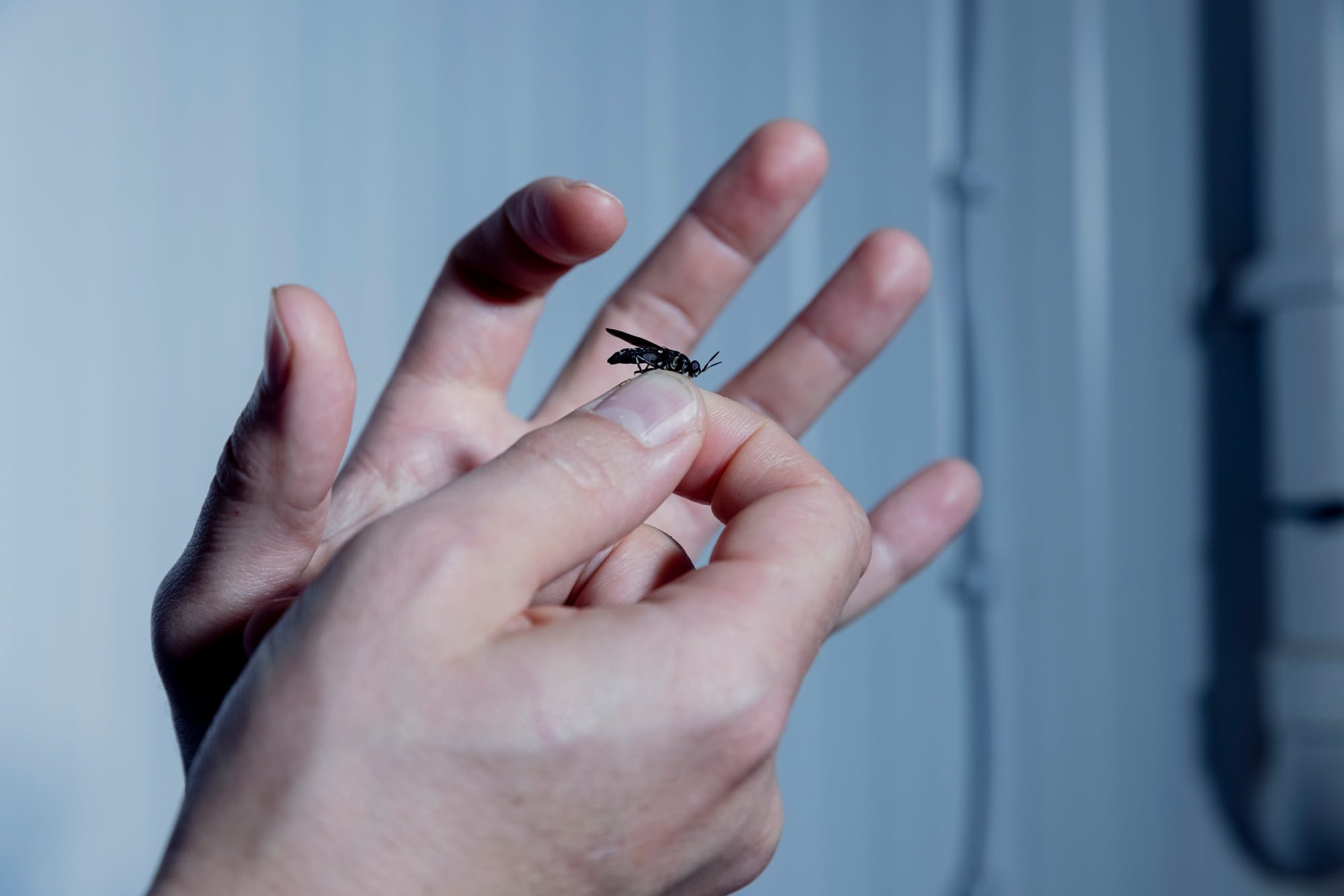
Crucially, these bugs don’t degrade natural habitat and don’t mess with the food chain. And the larvae have extra benefits, too. They clear up waste and poop fertiliser.
“Insects are the world’s recyclers. An apple hits the floor, the worm eats the apple, the bird eats the worm,” says Whitaker, “they’re not just a food source, but also a waste processing solution.”
Tackling food waste too
Last year, a WWF report found that globally, 2.5 billion tonnes of food goes to waste every year: more than half before it has even left a farm, the rest chucked away from stores and our homes. Much of it rots, releasing methane into the atmosphere and racking up more carbon footprint on the way to landfill. But it could all be put to use feeding insects that in turn feed our livestock.
And when the larvae are done with these leftovers, their excrement is used as ‘frass’ – an insect manure used to fertilise plants. As Whitaker says, “there is no bottom in nature, it’s just a circle”, and these bugs can play a part all the way along the chain.
Another advantage over traditional protein is the limited food miles and carbon footprint. The bugs can even be bred under a 150-year-old railway bridge in western Europe’s largest city.
In the heart of the Entocycle HQ lies the lab. Behind a sealed door is a chilled space with a fungal, farm-like scent: a whiff somewhere between damp woodland and teenage bedroom.
Whitaker pulls out a tray with small piles of what look like honey-coloured sand. But on closer inspection, each grain is moving. These are the eggs of the soldier flies. These little piles, covering no more than a few square centimetres, can produce hundreds of thousands of larvae.
About 1% of those larvae will be allowed to reach adulthood to breed the next generation. The rest grow fat and can then be put to use as protein: as pet food, livestock feed, or even for people.
“In Southeast Asia, Central America, South America, insects are already a key part of the diet. In Mexico you have insect flour in tacos. It’s been around for 500 years. The only part of the world that doesn’t eat insects today is the West,” he says.
Even here, from the Michelin-starred Noma of Denmark, to chocolatiers dousing crickets in cacao, or the powder in some body-building protein shakes, bug munching is on the rise.
Whether it’s for pets, people or livestock, Entocycle’s contribution is not farming, but the kit used by farmers. “We’re a technology company,” says Whitaker, “and we are completely sector agnostic.”
“Insects are the world’s recyclers. An apple hits the floor, the worm eats the apple, the bird eats the worm.”
Keiran Whitaker
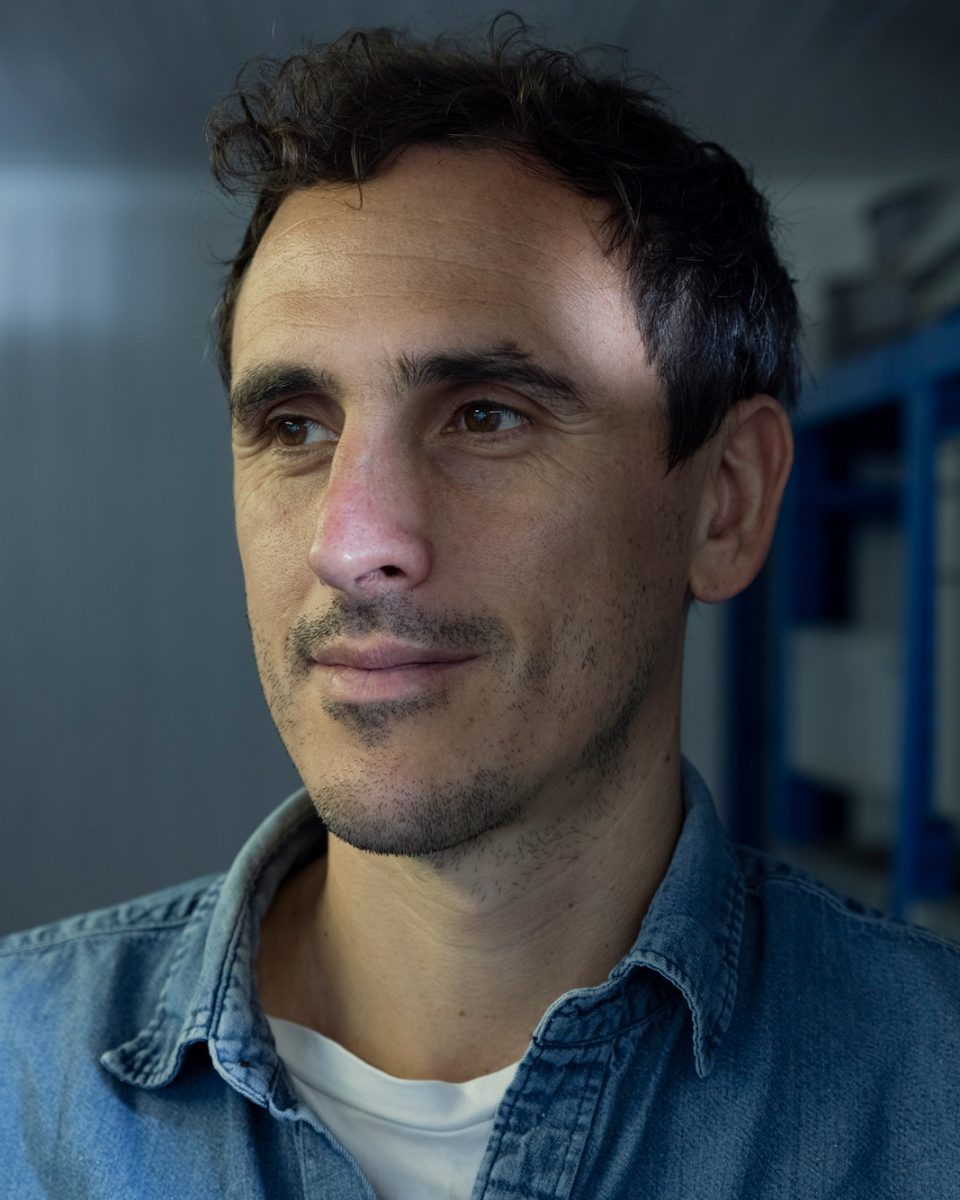
Behind a second door, out of sight of prying journalistic eyes, is the real business value in what they do: the ‘computer vision’ kit that can sort and grade the bugs and put them to use.
Entocycle is one of several start-ups in the field, and this is an industry on the rise. UK bank Barclays predicts the insect protein market could be worth $8 billion by 2030, up from less than $1 billion in 2019.
In 2020, insect protein start-ups attracted $850 million of investment, of which about one third went to consumer-facing firms, with the rest into agri-businesses targeting the plant fertiliser and animal feed trades.
“The insect protein market could be worth $8 billion by 2030”
Forward thinking governments – Whitaker includes France, Germany and Denmark – have realised the risk to food security and started their own national protein strategies. Entocycle’s home of the UK is slowly catching up, and the firm has been a beneficiary of £10m of UK government money in a project backed by supermarket giant Tesco.
This awareness is filtering through to regulatory changes too. A recent shift in European law saw insect protein cleared for chicken and pig feed, where previously it could only be given to pets.
But the range of regulators, combined with the newness of the sector, mean lawmakers are a little slow to catch up. Currently, the law in Europe states that only ‘pre-consumer’ food waste can be used to feed larvae, missing out on millions of tonnes that could be put to use.
Making it scalable
The other inhibitor is cost. Despite its environmental advantages and lower transport costs, insect protein is more expensive than fishmeal or soya.
Whitaker insists this will change. “As the regulation changes and more waste streams are allowed to be used, the cost is gonna start driving down,” he says, “and right now it’s very labour intensive, but it will all start to become more and more automated. The biggest issue though is volume. We need millions of tonnes of protein. Once you start seeing 20 factories in every country – and it will happen – then you’ll really start to see the volumes to bring cost down.”
A recent Rabobank report suggested that with five more years of scaling up, the price of insect protein (currently between €3,500 and €5,500 per metric tonne) should fall by up to 40%.
Entocycle is a story of a passion that became a business that might go on to change the world. Whitaker studied environmental design to masters level, then while teaching scuba across the world, saw the impact of ocean degradation first hand in dead reefs.
When he got back, he decided to do something about it. Entocycle now has a team of 25, is about to close its next round of funding, and has projects in the US, UK, Europe and Middle East.
It’s also the first company he’s ever run. “This is very much the first thing,” says Whitaker, “and I jumped in deep.”












The protein on our plates
Apart from addressing the way we feed livestock, it’s also worth rethinking the amount of animal protein we eat. The recent State of Climate Action 2022 report recommends that we eat meat no more than twice per week to save the planet.

